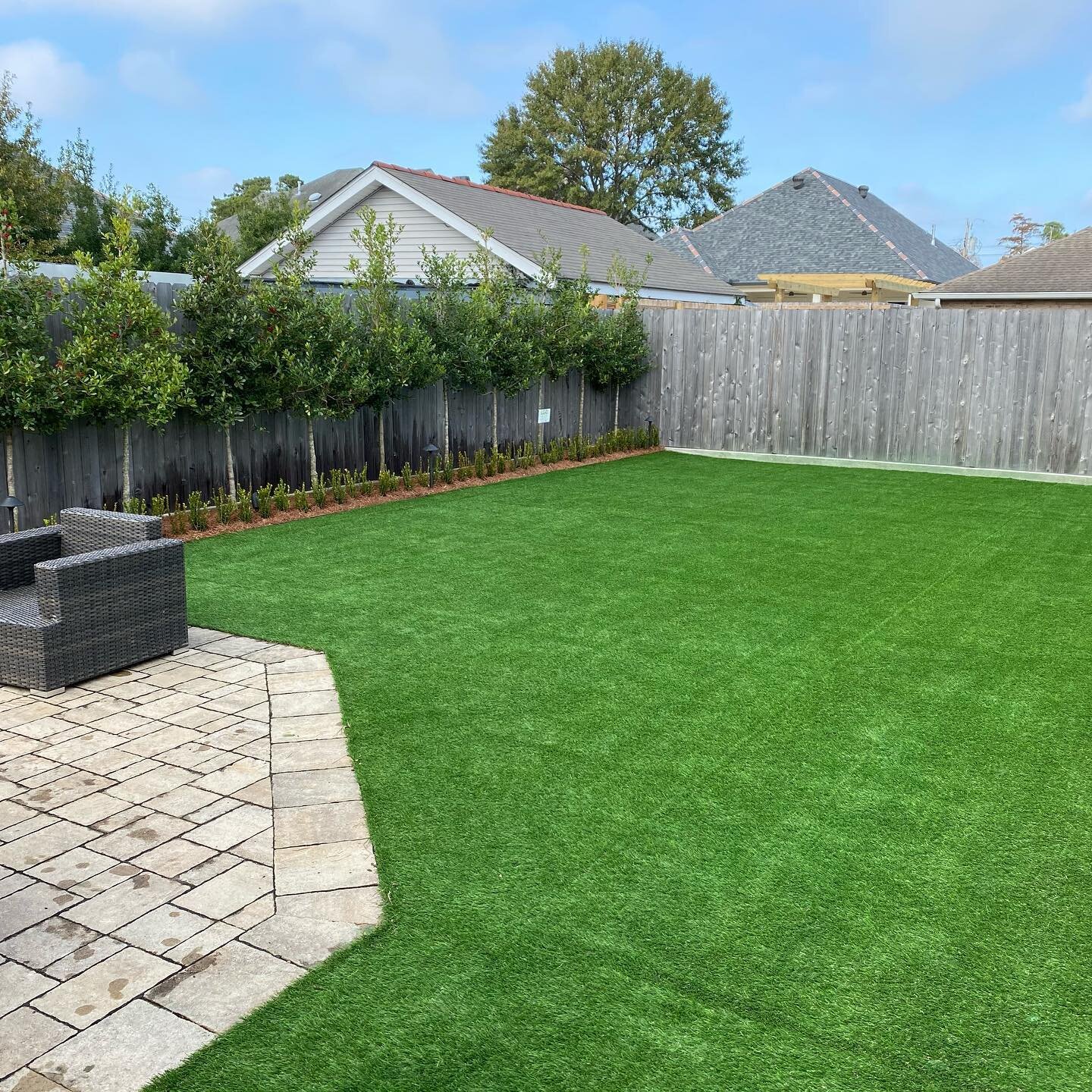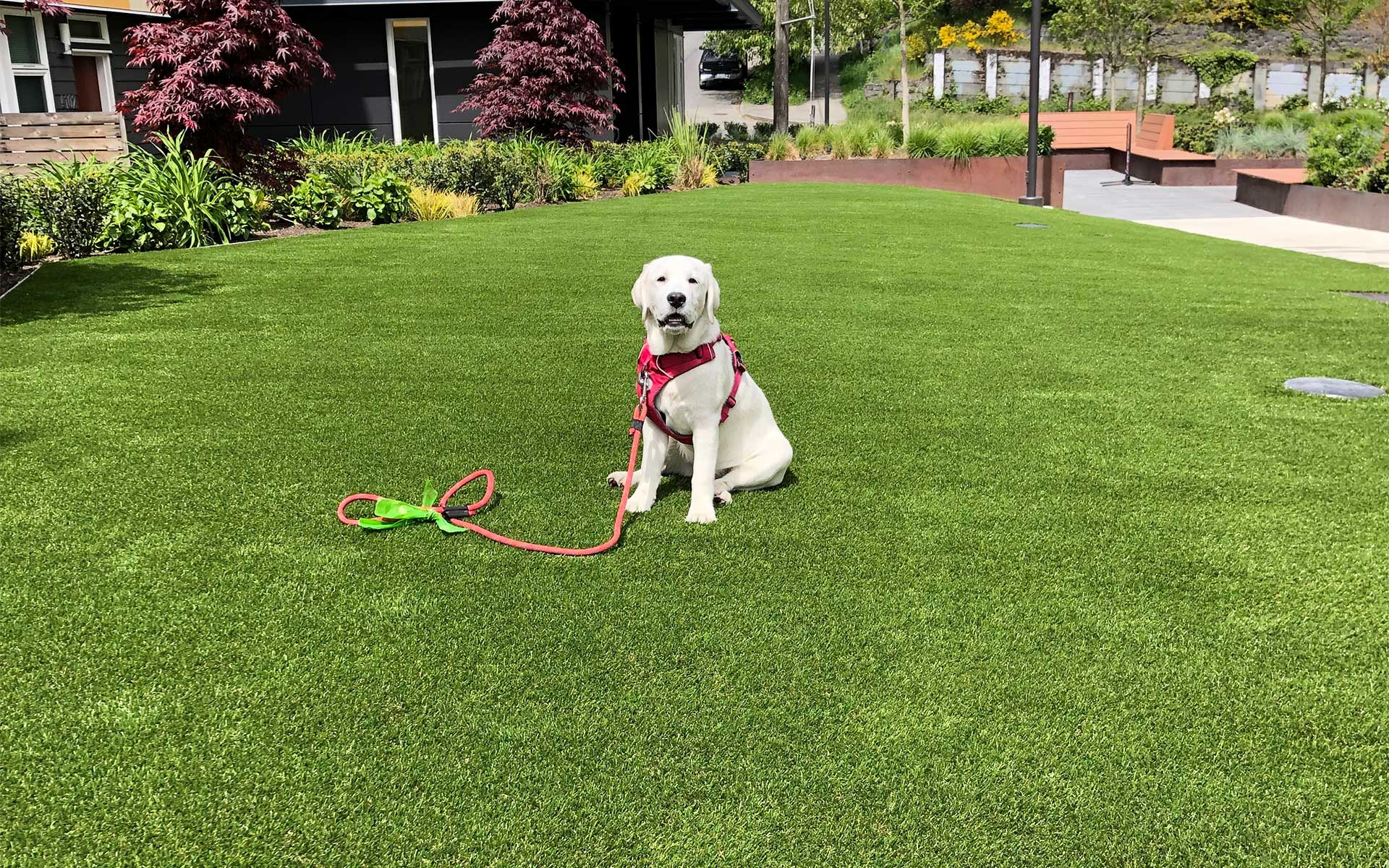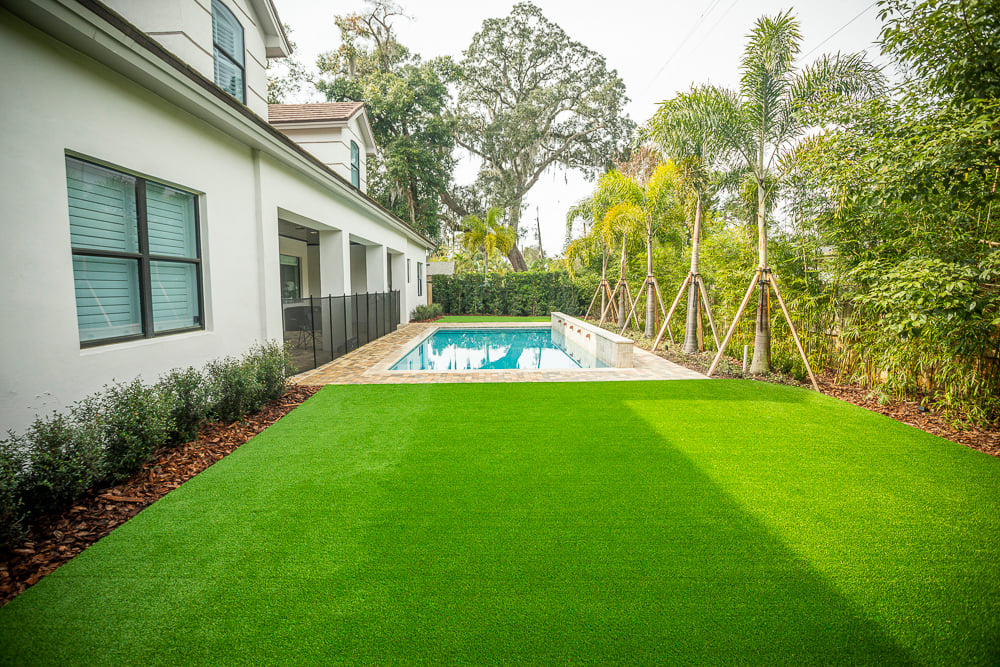Top-Rated Phoenix Turf Companies Specializing in Synthetic Grass Solutions
Look Into the Environmental Advantages of Opting for Artificial Lawn Solutions
The fostering of synthetic grass solutions presents a compelling opportunity to address pressing ecological obstacles. By significantly reducing water use and decreasing the application of dangerous chemicals, these options not only promote lasting landscaping yet additionally protect local ecological communities. The lower carbon footprint connected with reduced maintenance tasks contributes to an extra lasting approach to land monitoring. The implications of these benefits prolong past mere preservation initiatives, increasing inquiries regarding their long-term impact on habitat preservation and overall ecological balance. Checking out these measurements reveals an intricate interplay worth considering.
Water Preservation Perks
Among one of the most considerable benefits of artificial turf is its capability to preserve water. Conventional lawn lawns call for significant irrigation, specifically in areas prone to drought or water constraints. On the other hand, synthetic grass does not need watering, considerably decreasing the overall need for water sources. This feature is particularly advantageous in dry regions where water deficiency is a pressing issue.
By removing the need for regular watering, man-made turf adds to sustainable landscape practices and aids reduce the environmental influence of extreme water consumption. Additionally, the conservation of water reaches the decrease of drainage, which can cause dirt erosion and river air pollution.
Furthermore, the installment of synthetic grass allows communities and house owners to designate water sources extra successfully, focusing on vital usages such as drinking water and agriculture. The change in the direction of synthetic turf not just promotes responsible water usage but likewise aligns with broader ecological goals targeted at maintaining natural deposits.
As areas progressively prioritize sustainability, the water conservation benefits of synthetic grass provide a compelling situation for its adoption in household and commercial landscape design projects.
Minimized Chemical Usage
The change to synthetic grass significantly reduces the dependence on chemical therapies typically made use of in all-natural lawn maintenance. Standard grass management usually includes the application of pesticides, fertilizers, and herbicides to advertise growth and control bugs. These chemicals can present threats to human health and wellness, neighborhood wild animals, and the atmosphere, adding to soil and water contamination.
In contrast, synthetic lawn eliminates the need for these unsafe compounds. By minimizing the launch of synthetic substances into the community, synthetic lawn promotes healthier soil and water systems.
Moreover, the lack of chemical runoff associated with artificial lawn installations helps safeguard local rivers from pollution, sustaining aquatic life and preserving biodiversity. Turf installation phoenix az. As communities increasingly prioritize sustainable practices, going with synthetic grass presents a sensible remedy that straightens with ecological conservation goals. Through this shift, homeowner can delight in lavish eco-friendly areas without compromising environmental wellness, leading the way for a more sustainable future
Reduced Carbon Footprint

In addition, the installation of synthetic turf can lead to considerable water preservation. All-natural yards need significant amounts of water for watering, which not just includes in the carbon footprint connected with water removal and treatment however additionally strains regional water sources. In contrast, fabricated grass needs very little upkeep, calling for no watering, thus substantially minimizing water use and its connected energy expenses.
Furthermore, Arizona turf the long life of synthetic grass adds to its reduced carbon impact. With a life-span of up to 15 years or even more, the need for regular substitutes is diminished, resulting in much less waste and reduced energy consumption in article source manufacturing and dealing with conventional lawn options. On the whole, man-made lawn provides a lasting choice for eco aware landscape design.
Habitat Preservation
Habitat preservation is an essential consideration in the argument over landscaping choices, especially when comparing synthetic grass to all-natural turf. Natural lawn yards usually call for considerable maintenance, including using chemicals, fertilizers, and herbicides, which can negatively influence local ecosystems. These chemicals can leach into the soil and waterways, hurting indigenous plants and fauna and interrupting regional environments.
Man-made lawn gets rid of the need for unsafe chemicals, therefore shielding nearby wild animals and preserving the honesty of surrounding ecological communities. The setup of fabricated lawn can lead to the conversion of former grass areas into even more biodiverse landscapes, such as pollinator gardens or indigenous plant locations, which can support Get More Info regional wildlife.
Ultimately, the transition to synthetic grass not just saves water and lowers upkeep initiatives but likewise cultivates an extra harmonious partnership between human activities and the all-natural environment, advertising habitat conservation at the same time.
Long-Term Sustainability
Long-lasting sustainability is an important factor in assessing the advantages of fabricated grass over traditional turf lawns. Among one of the most significant benefits of synthetic grass is its durability; it can last up to 15-20 years with marginal upkeep, whereas all-natural grass needs regular reseeding and replacement. This durability minimizes the requirement for consistent sources, such as water, fertilizers, and chemicals, which are crucial for keeping a healthy and balanced turf yard.
Furthermore, fabricated lawn adds to a decrease in carbon exhausts related to yard treatment devices. Standard grass usually need gas-powered lawn mowers, leaners, and blowers, all of which add to air pollution. Phoenix turf companies. On the other hand, synthetic grass gets rid of the need for such tools, promoting a cleaner setting
Additionally, the manufacturing of fabricated turf progressively utilizes recycled materials, boosting its sustainability profile. As makers embrace green practices, the ecological impact of artificial lawn remains to reduce.

Final Thought
The adoption of synthetic grass remedies offers substantial ecological advantages, including considerable water preservation, lowered reliance on damaging chemicals, and a reduced carbon impact. Fabricated lawn help in protecting natural habitats by minimizing land disturbance and advertising long-term sustainability with the usage of durable products. Collectively, these elements underscore the potential of synthetic grass to add positively to environmental wellness and provide a practical alternative to standard landscape design techniques in an increasingly resource-conscious world.
In comparison, man-made turf does not need watering, significantly lowering the total need for water resources. By reducing the launch of synthetic substances into the ecosystem, man-made turf promotes healthier dirt and water systems.
Furthermore, the installation of man-made turf can result in considerable water conservation. In contrast, man-made lawn requires very little maintenance, needing no watering, thus substantially reducing water usage and its connected power costs.
